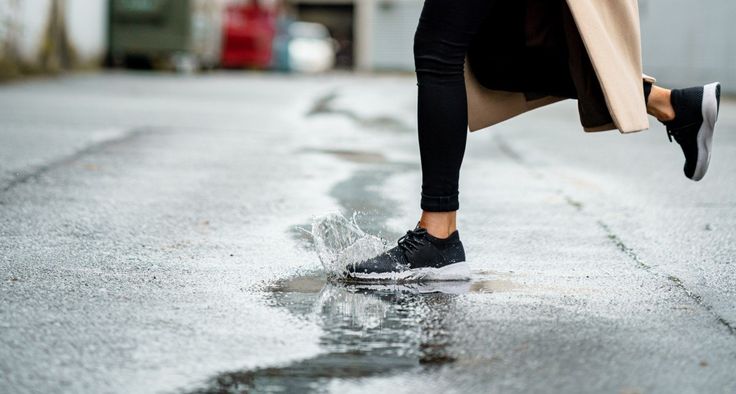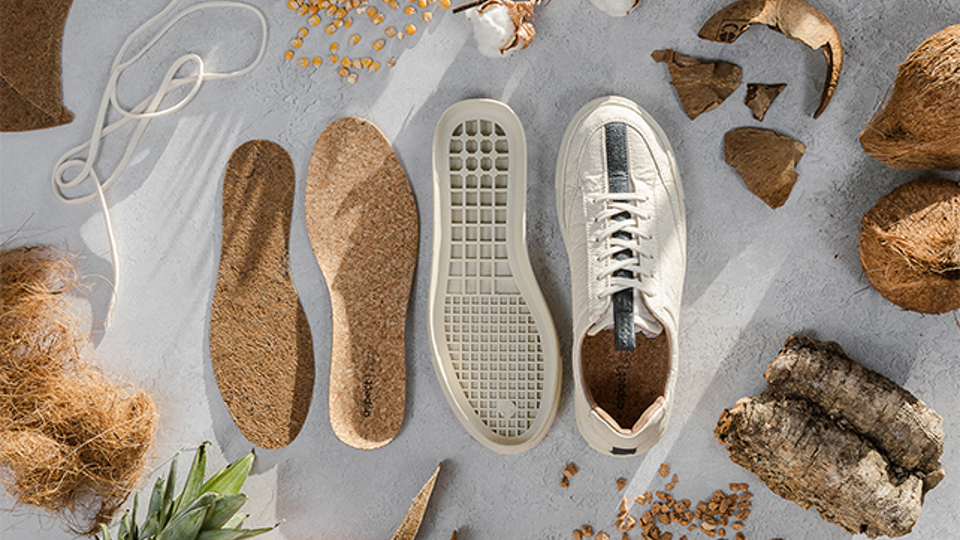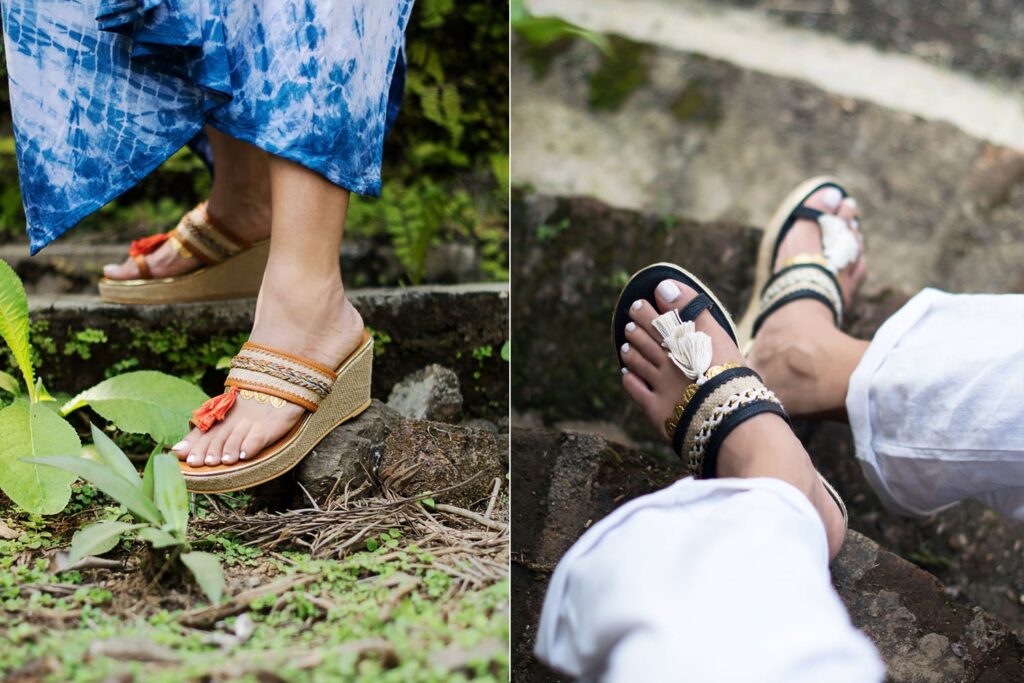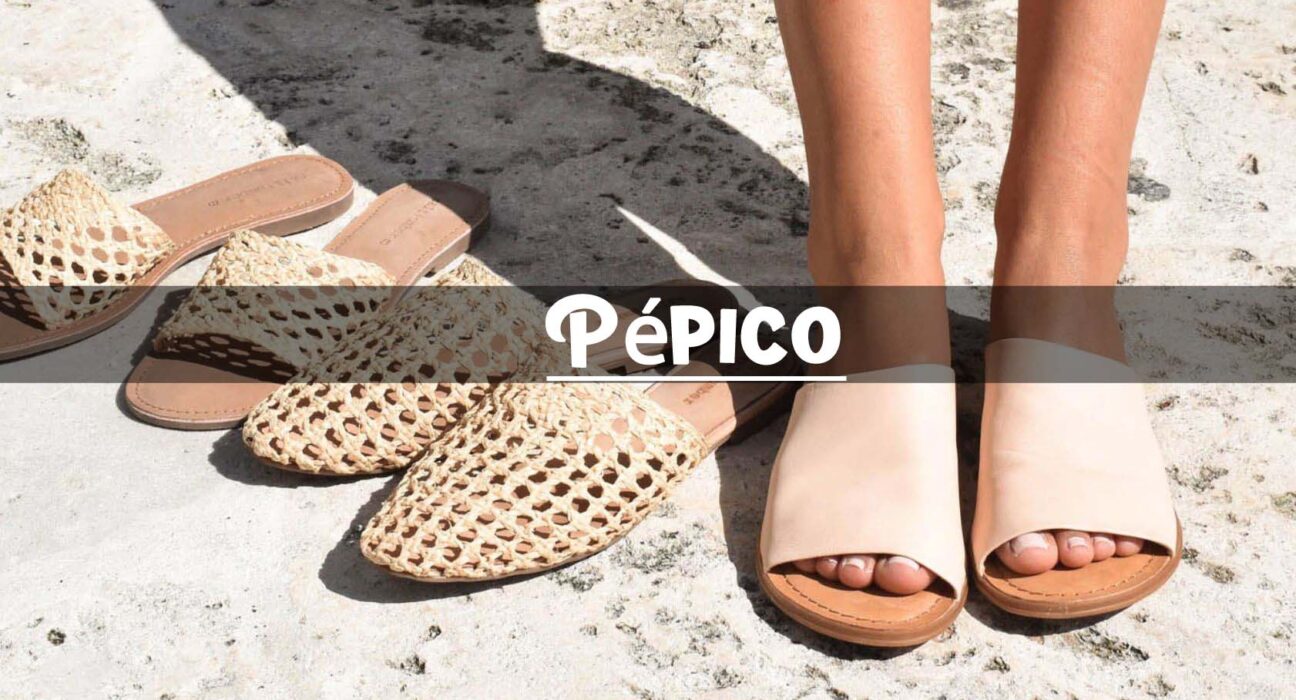Eco-friendly footwear is taking the world by storm. I’ve been a footwear designer for years, and the surge in sustainable technology has never been so impactful. Brands like Pépico are setting new standards. Traditional shoes often come with a hefty environmental price tag. They may use materials like leather, rubber, and synthetic fabrics. These materials are not just harmful to produce. They also take ages to decompose.
So what’s the solution? Enter eco-friendly footwear. This is not just a buzzword anymore. It’s a movement to transform how we think about shoes. The core idea is simple. Make shoes that are easy on the earth and your feet. This means sustainable materials. Think organic cotton, recycled plastics, or even cork. The idea also extends to manufacturing. Brands now aim to reduce waste at every stage.
Now let’s talk durability. Eco-friendly doesn’t mean flimsy. In fact, these shoes often last longer than traditional ones. They use advanced bonding techniques that don’t require toxic glues. They focus on ergonomic designs to keep your feet comfortable and healthy. Some even offer repair or recycle programs.
What’s more, eco-friendly footwear is becoming increasingly stylish. You no longer have to sacrifice form for function. Brands are adopting sleek designs and bold colors. They’re focusing on versatility. This means you can wear the same pair to work, a party, or even a hiking trip.
The rise of eco-friendly footwear marks a shift in consumer mindset. People are recognizing the impact of their choices. And brands like Pépico are responding with innovative solutions. So the next time you go shoe shopping, think green. Your feet and the planet will thank you.
The Shortcomings of Traditional Footwear

Traditional footwear often comes with environmental and ethical downsides. Many are made from materials like leather, which has a high carbon footprint due to livestock farming. Synthetic materials like plastics contribute to pollution and are non-biodegradable. The manufacturing process can be waste-heavy, involving toxic glues and dyes that harm ecosystems. Moreover, the fast fashion cycle encourages mass production, leading to low-quality shoes that wear out quickly and end up in landfills. Labor practices in some factories also raise concerns, as workers may face poor conditions and low wages. All these issues make traditional footwear a less-than-ideal choice for conscious consumers.
What Makes Footwear Eco-Friendly?
Eco-friendly footwear is all about reducing negative impacts on the planet and promoting ethical practices. First, sustainable materials are at the core of these products. Instead of leather or synthetic plastics, eco-friendly shoes may use recycled PET bottles, organic cotton, or sustainably-sourced rubber. Brands like Pépico are innovating in this area to offer high-quality, eco-conscious options. Second, the manufacturing process itself aims to be as clean as possible, minimizing waste and energy consumption. This often means using water-based adhesives instead of toxic glues and dyes that are eco-friendly.
Another critical aspect is durability. Eco-friendly footwear is designed to last, reducing the cycle of consumer waste. Some brands even offer repair or recycling programs to extend the life of their products. Finally, ethical labor practices are an integral part of the eco-friendly footwear model, ensuring that workers are treated fairly and paid appropriately. All these elements come together to define what truly makes footwear eco-friendly.
Enter Pépico: The New Kid on the Block

They are making waves in the eco-friendly footwear scene, setting new benchmarks for what a sustainable, ethical, and stylish shoe should be. Unlike traditional brands that compromise either style or sustainability, Pépico strikes a perfect balance. This brand understands that consumers shouldn’t have to choose between looking good and feeling good about their environmental impact.
Their shoes are crafted from innovative materials, including recycled plastics and organic fibers, that are not only eco-friendly but also durable and comfortable. The craftsmanship is impeccable, and the attention to detail is evident in every stitch, cut, and lace. This meticulous focus ensures that each pair of shoes isn’t just a purchase; it’s an investment in sustainable fashion.
Every aspect of production, from sourcing materials to shipping, is carefully curated to minimize environmental impact. Their closed-loop system even allows for recycling of old shoes, further reducing waste.
This brand encourages consumers to think more deeply about their purchases, fostering a more mindful approach to fashion. By offering stylish, durable, and eco-friendly options, Pépico is setting a new standard in the footwear industry and establishing itself as a leader in sustainable fashion.
The Technology Behind Pépico
One of the most standout features is the use of advanced materials. From recycled PET bottles to organic cotton and sustainably sourced rubber, the choice of materials ensures minimal environmental impact without sacrificing quality or durability.
In addition to material innovation, the brand employs state-of-the-art manufacturing processes to reduce waste. Water-based adhesives are used instead of toxic glues, making for a cleaner production process. Advanced laser cutting techniques also help minimize material wastage, ensuring that every bit counts.
Ergonomics play a significant role as well. The shoes are designed based on extensive research into foot health, resulting in footwear that not only looks good but feels incredibly comfortable for extended periods. The designs often feature arch support and cushioning elements, addressing common issues like foot fatigue and strain.
Another technological marvel is the brand’s commitment to a closed-loop system. This entails a circular economy approach where old shoes can be returned, broken down, and their materials reused for new products. This minimizes waste and promotes the longevity of each pair produced.
From material sourcing to manufacturing and design, the technology behind this brand makes it more than just another name in the footwear industry. It serves as a beacon for what’s possible when innovation aligns with ethical and sustainable practices.
The Design Philosophy of Pépico

The design philosophy of eco-friendly footwear is rooted in the marriage of aesthetics and ethics. The idea is to create shoes that not only look good but also stand up to rigorous ethical and environmental standards. This involves carefully choosing sustainable materials that lend themselves to elegant and functional designs. Moreover, versatility is key; the aim is to create footwear that is as appropriate for an office setting as it is for a casual day out.
With Pépico, the design philosophy is elevated, embracing not just sustainability but also customizable features that allow for a truly personal touch. This multifaceted approach sets a new standard for what stylish, eco-conscious footwear can be.
The Comfort Factor
Comfort is a crucial aspect when it comes to footwear, and in the realm of eco-friendly options, it’s no exception. The idea is not just to create a shoe that you can wear but one you’ll want to wear all day, every day. To achieve this, brands focus on ergonomics, creating designs that follow the natural contours of the foot. This means providing ample arch support, cushioning in the right places, and allowing for breathability.
Advanced materials also play a role in comfort. For example, organic cotton linings can offer softness and moisture-wicking properties, while sustainably sourced rubber can offer both flexibility and robustness. These materials make for a walking experience that is as easy on your feet as it is on the planet.
Another factor is adjustability. Some eco-friendly shoes offer customizable insoles or adjustable straps to ensure a perfect fit. This personalized approach not only maximizes comfort but also prolongs the life of the shoes, reducing the need for frequent replacements. Overall, the comfort factor in eco-friendly footwear is a testament to how far technology and design have come in serving both consumers and the environment.
Sustainability Practices of Pépico
- They uses recycled and sustainable materials like organic cotton and recycled PET bottles in their footwear.
- The brand employs water-based adhesives instead of toxic glues, reducing harmful emissions.
- A zero-waste manufacturing process is implemented to minimize waste at every stage of production.
- Pépico holds various sustainability certifications, affirming its commitment to ethical and environmental standards.
- The company operates a closed-loop system, allowing customers to return old shoes for recycling and material reuse.
- Fair labor practices are enforced to ensure ethical treatment and fair wages for all workers involved.
- Energy-efficient practices are utilized in the manufacturing facilities to lower carbon footprint.
- Packaging for their products is made from recycled or biodegradable materials, reducing waste even further.
- The brand collaborates with environmental organizations and participates in sustainability initiatives to contribute to broader eco-friendly goals.
- Pépico offers repair services to extend the lifespan of their products, further reducing waste and promoting a circular economy.
Frequently Asked Questions
What are the main materials used in eco-friendly footwear?
Eco-friendly footwear primarily uses sustainable materials like recycled PET bottles, organic cotton, sustainably sourced rubber, and cork. These materials are both earth-friendly and durable.
How do eco-friendly shoes compare in comfort to traditional shoes?
Eco-friendly shoes often offer superior comfort due to their ergonomic design and use of natural materials. These materials are breathable, flexible, and can offer better foot support than many traditional options.
Are eco-friendly shoes more expensive?
While eco-friendly shoes can sometimes be pricier upfront, they often offer better value in the long run due to their durability and lower environmental impact. Brands like Pépico provide high-quality, sustainable footwear that justifies the initial investment.
Can eco-friendly shoes be stylish?
Absolutely! With advances in sustainable materials and design technology, eco-friendly footwear now comes in various styles, designs, and colors that cater to different fashion tastes.
How do I take care of my eco-friendly shoes to make them last longer?
Regular maintenance like cleaning, using natural conditioners for certain materials, and storing them properly will extend the life of your eco-friendly shoes. Many brands also offer repair or recycle programs to further extend the lifespan of your footwear.
Stepping into a Greener Future

In conclusion, eco-friendly footwear is more than just a trend. It’s a statement. It tells the world we care about our planet. Brands are stepping up. They offer stylish, comfortable, and sustainable options. So the next time you shop for shoes, think green. Make a choice that’s good for your feet and the earth. Let’s all take steps toward a more sustainable future. Choose wisely and walk the talk. Your small action can make a big impact. Thanks for joining us on this journey toward greener choices in footwear.
